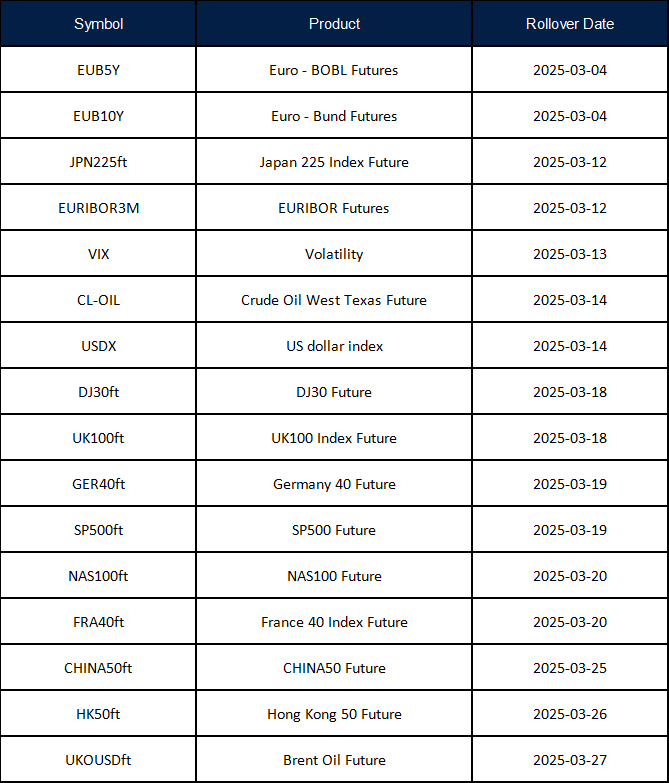The Consumer Price Index (CPI) in France for February 2025 registered a year-on-year increase of 0.9%, falling short of the anticipated 1.2%. This marks a continuation of cautious economic signals as the market watches for future developments.
Global market movements are influenced by various factors. The EUR/USD pair remains below 1.0400 amid increased demand for the US Dollar due to tariff concerns, while cryptocurrencies like Bitcoin have seen a decline exceeding 15% within the week.
In the forex market, GBP/USD has dropped below 1.2600, facing pressure from tariff uncertainties. Moreover, gold prices are hovering near a two-week low as traders anticipate the upcoming US PCE Price Index data, which could impact market sentiment.
What we’re seeing with the lower-than-expected CPI in France is a cooling of inflation pressure, at least for now. Analysts had been looking for a 1.2% rise, yet the actual figure came in at 0.9%. This isn’t a number to ignore, especially with growing concerns over growth and inflation trends across Europe. Those who rely on economic indicators to plan trades should keep a close watch on whether this is part of a broader slowdown or just a temporary shift.
Meanwhile, moves in the currency market aren’t happening in isolation. The euro has been struggling against the US dollar, with the EUR/USD pair staying below 1.0400. The strength of the dollar comes from concerns over tariffs, which are leading investors towards safer assets. When trade policies look unstable, markets tend to favour the dollar over other currencies. This isn’t just affecting the euro – sterling has lost ground as well, with GBP/USD slipping below 1.2600 under similar pressures. That’s a clear indication that traders remain sensitive to economic uncertainty.
At the same time, the world of digital assets is not being spared. Bitcoin, down more than 15% this week, is showing just how fragile sentiment is in the cryptocurrency sector. Those who had pushed prices higher in previous weeks might now be reconsidering their positions or taking profits while they can. Volatility remains a constant in this space, and when broader economic worries take over, risk exposure tends to shrink.
Gold, often seen as a haven in uncertain times, is also under pressure. Prices are near a two-week low, with traders holding back ahead of the latest US PCE Price Index data. This data point carries weight because it will shape expectations around inflation and, in turn, influence Federal Reserve policy. If inflation remains elevated, we could see stronger anticipation of tighter financial conditions in the US, reinforcing dollar strength and keeping gold under pressure.
Short-term strategy will depend on how these factors progress in the coming days. Inflation figures, currency movement, and commodity prices are all feeding into broader financial trends. With unpredictable shifts in economic policy and market sentiment, reaction speed will be key. Those watching for opportunities should pay attention to both structural trends and near-term fluctuations, since markets are unlikely to settle into a steady rhythm just yet.










